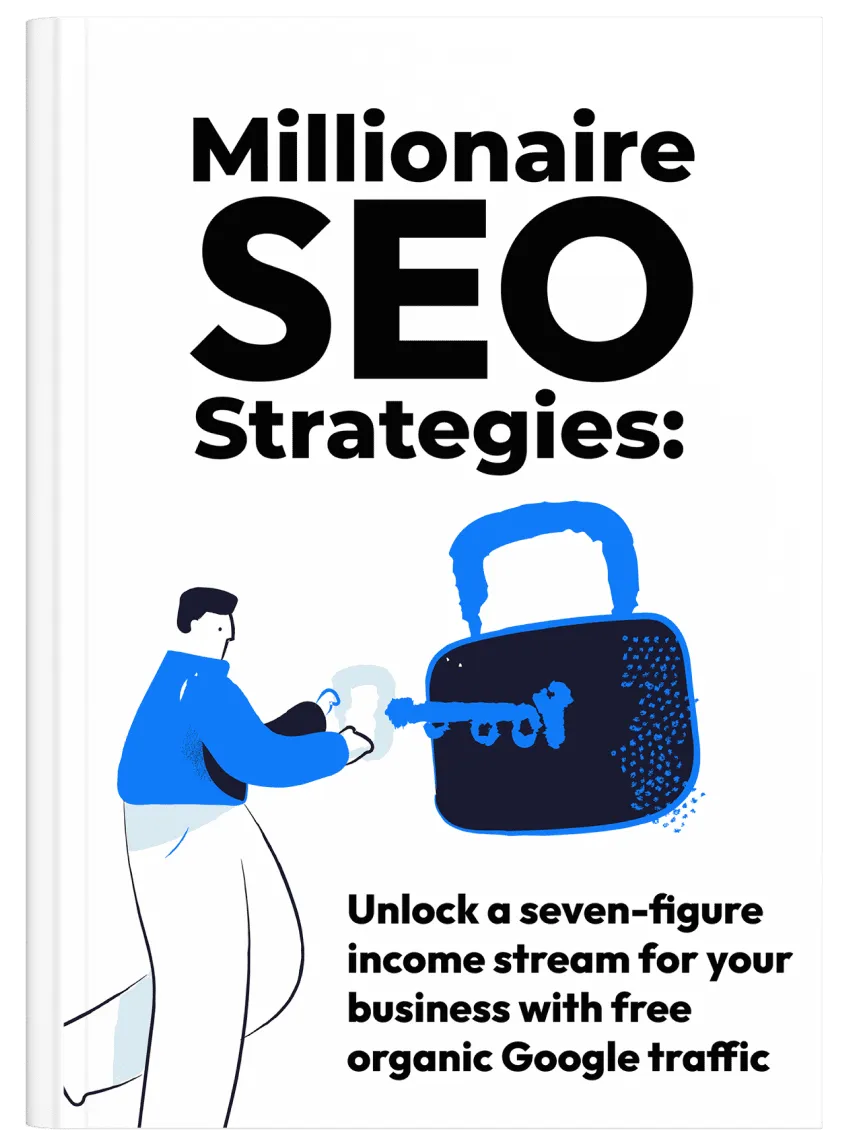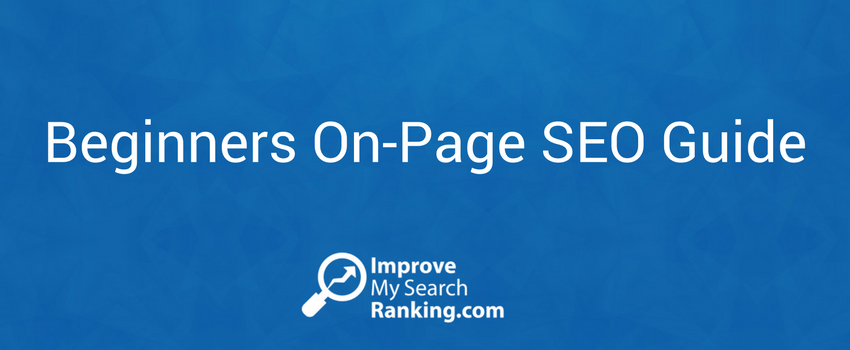
A beginner’s guide to creating SEO-friendly copy
Content writing is not an easy job. You need to create content for a wide variety of people — with different needs, preferences, and mindsets — on a regular basis.
That content not only has to engage readers but also drive conversions. But that’s not enough. It also has to drive traffic. And the easiest way to get free traffic is to optimise your content for search engines.
Here is a quick beginner’s guide on how you can create more SEO-friendly content.
1. Be strategic with keyword usage
A good copywriter tries to find the right balance between engaging, informative content and the right keywords that people are searching for. Lean too far in either direction, and it can become a hurdle.
There is no doubt that keyword usage is important. However, forcing keywords unnecessarily can do more harm than good. It can have a negative impact on the engagement rate, bounce rate, and credibility of your website. This sends negative signals to search engines, which can lead to a demotion of your page in the search results.
The good news is that modern-day SEO has evolved. You do not necessarily have to only use exact match keyword phrases. Synonyms, long-tail keywords, and semantically related keywords can also help you achieve the same goal without being repetitive and forcing keywords unnaturally.
This is especially true after the introduction of Google BERT. You should also read this article to see the potential impact of Google BERT on exact match keywords.
Having said that, it is still a good idea to see if you can sneak in the exact match of your primary keyword target in the meta title, H1, H2, and the URL of the page.
2. Don’t forget about featured snippets
One excellent way to get organic traffic is to get your content ranked in featured snippets. You do not necessarily have a page ranking in the first position for that to happen.
What is a featured snippet?
A featured snippet is a small context box that usually appears at the top of the search results page and contains concise answers for online searchers.
Here is an example of a featured snippet … about a featured snippet.

There is no way to guarantee content ranking in featured snippets. However, you can increase the probability of that happening by tackling more “question” type content and providing concise answers.
3. Make content easy to read
Nobody likes a big wall of text. Make your content easy to read by using smaller paragraphs, simpler words, and shorter sentences.
If your content doesn’t appear easy to read, it won’t drive traffic. Even if it does, a large majority of readers will quit and jump off the page because the content isn’t easy to consume.
4. Add internal links whenever possible
Internal links are an extremely important part of SEO-friendly content. Apart from helping that particular page, internal links lift the entire website and make it more accessible and friendly to search engines.
However, when adding internal links, it is important to be mindful of the overall context and the value a link can provide to readers. We often get tempted into forcing internal links to certain pages that we want to promote. Make sure that a link does not come at the cost of engagement; each link has to make sense for the readers.
Well-placed links can improve a reader’s experience by providing relevant information, backing up claims, studies, and data points, redirecting them to new and interesting topics that they should know about.
When it comes to SEO content, we recommend making sure that all internal links are do-follow.
5. It all begins with the right headline
Last but not least, make sure you have the right headline for your web page or blog post.
An effective and engaging headline is extremely important for grabbing the attention of online users and reeling them in. Better headlines usually translate into a higher click-through rate on the search engine results pages, more traffic, more social media shares, and better overall engagement.
All of that can send positive signals to Google, which can push your page’s rankings higher, resulting in even more organic traffic.
Conclusion
Whatever content you write — especially if it is informative content: blog posts, guides, descriptions, etc. — it is highly recommended to optimize that content for SEO. It paves the way to free organic traffic, leading to a long-term sustainable option to ensure a positive ROI.
We hope the tips mentioned in this article can help you optimise your content for search engines. Let us know if you have any questions.








